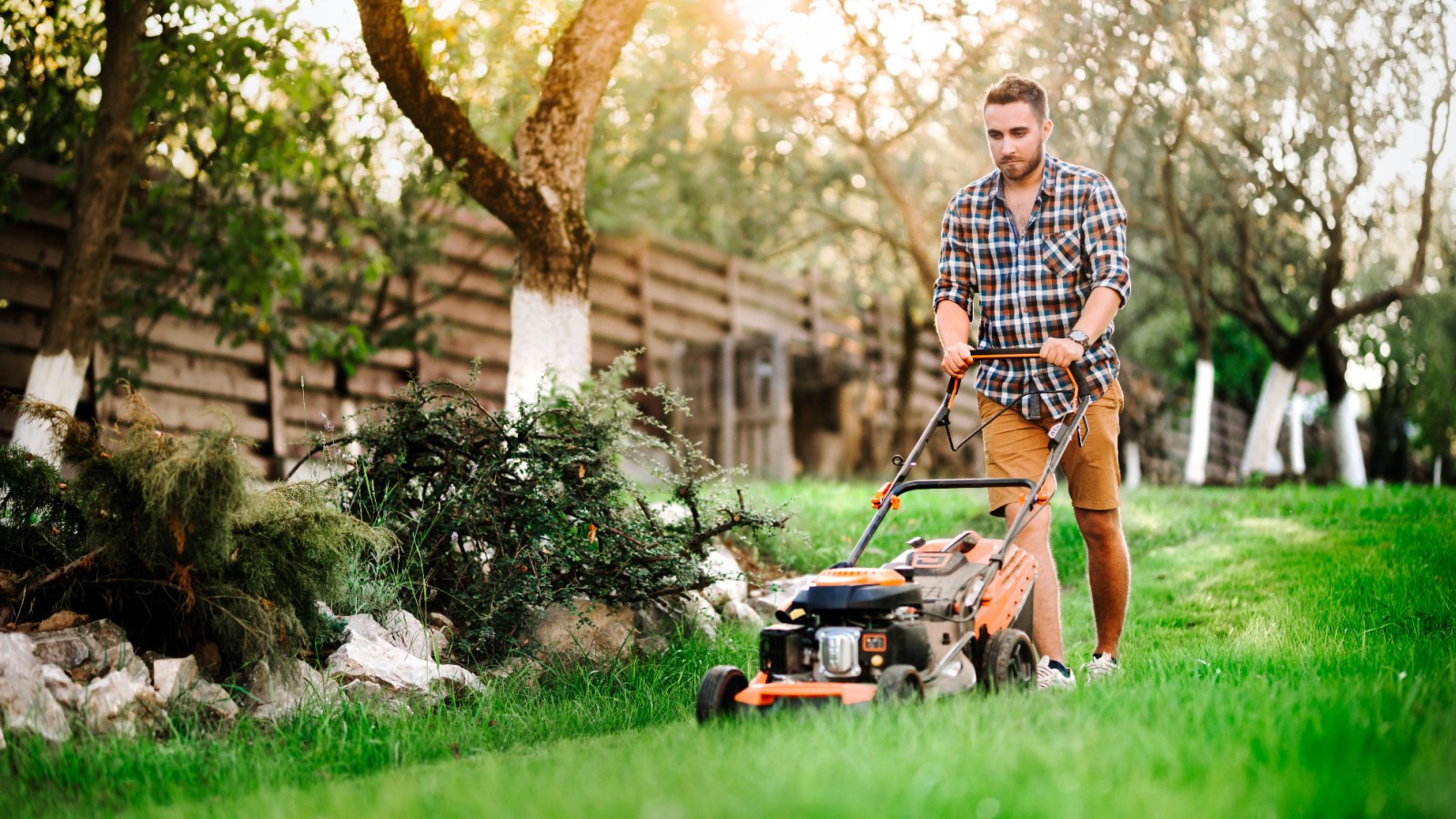Choosing the right trees for your garden requires careful thought, suggests Rent Pros Management company. Some trees, although beautiful, can bring hidden problems and make your garden hard to maintain. From invasive roots that threaten foundations to toxic leaves that harm nearby plant life, the wrong choice can have drastic consequences. Let’s explore the trees you might regret planting in your backyard.
Weeping Willow
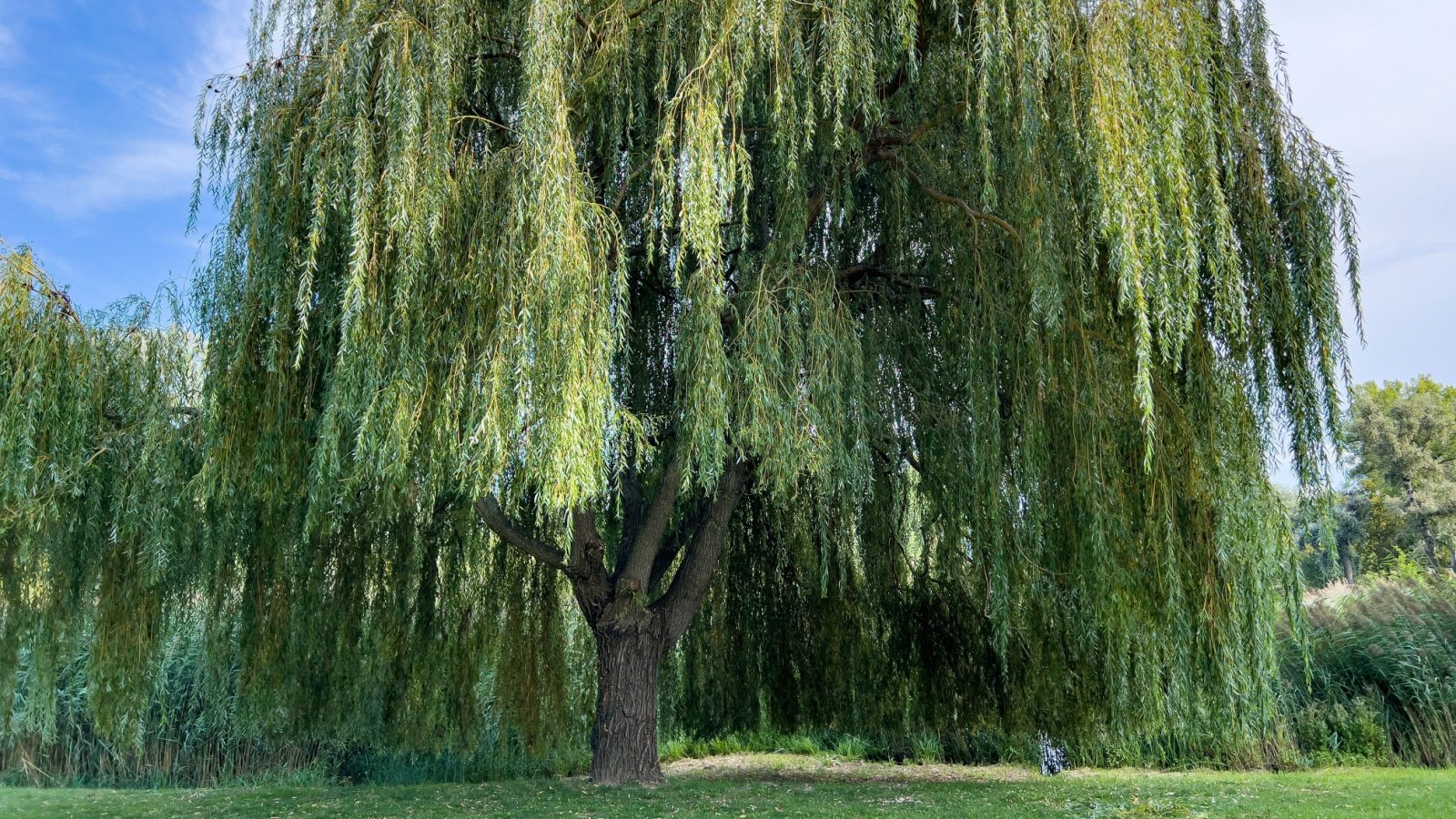
The Weeping Willow can become a nightmare for homeowners due to its aggressive root system. These roots often seek out water sources, leading to damaged pipes and compromised foundations. Homeowners should consider the long-term impact on their property.
Leyland Cypress
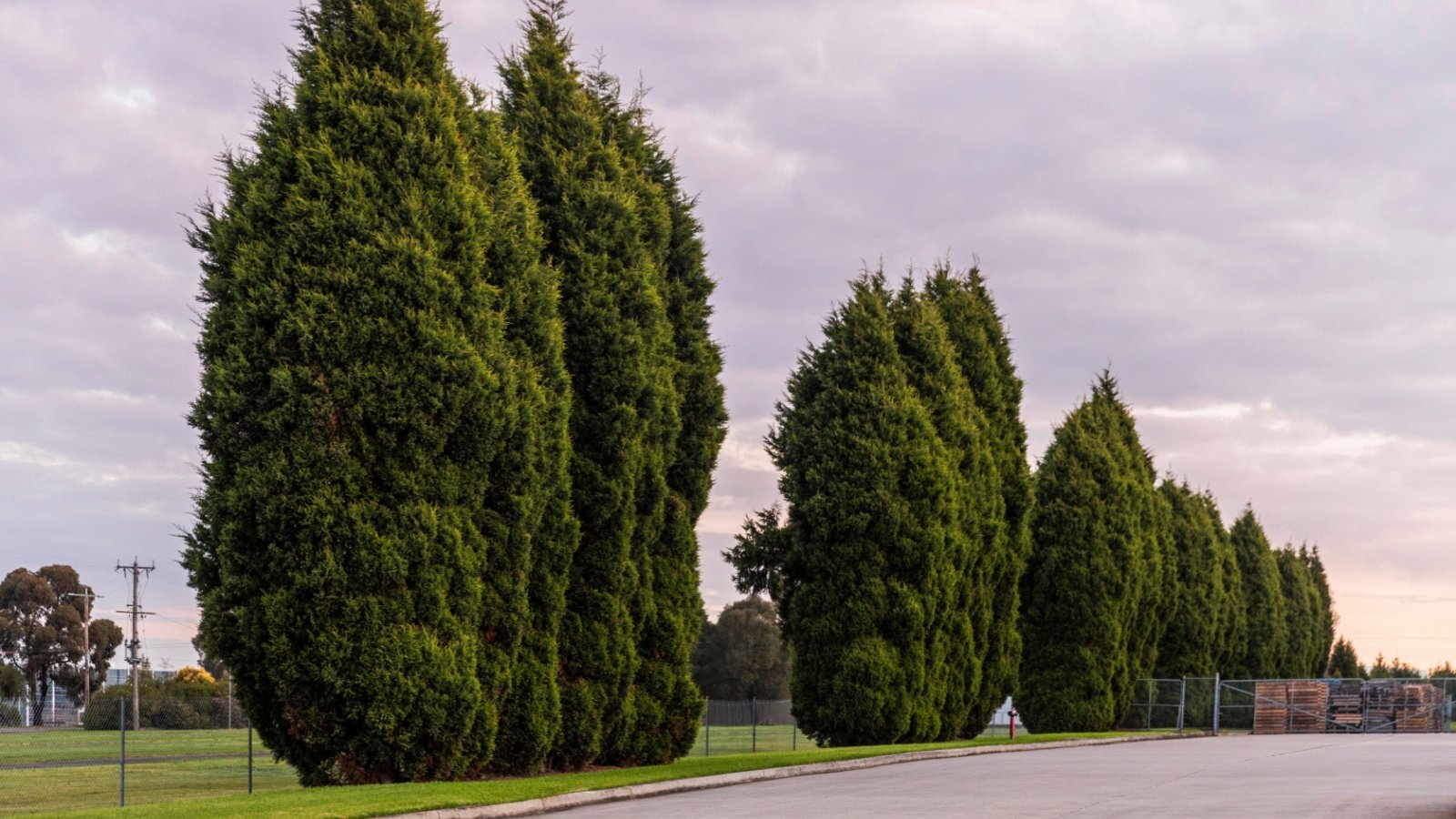
The Leyland Cypress is often used for privacy screens due to its dense foliage and rapid growth rate. However, this tree is susceptible to a range of diseases and pests, which can lead to unexpected maintenance or removal costs. Additionally, its roots can invade water lines and its dense branches can overpower nearby plants.
Norway Maple
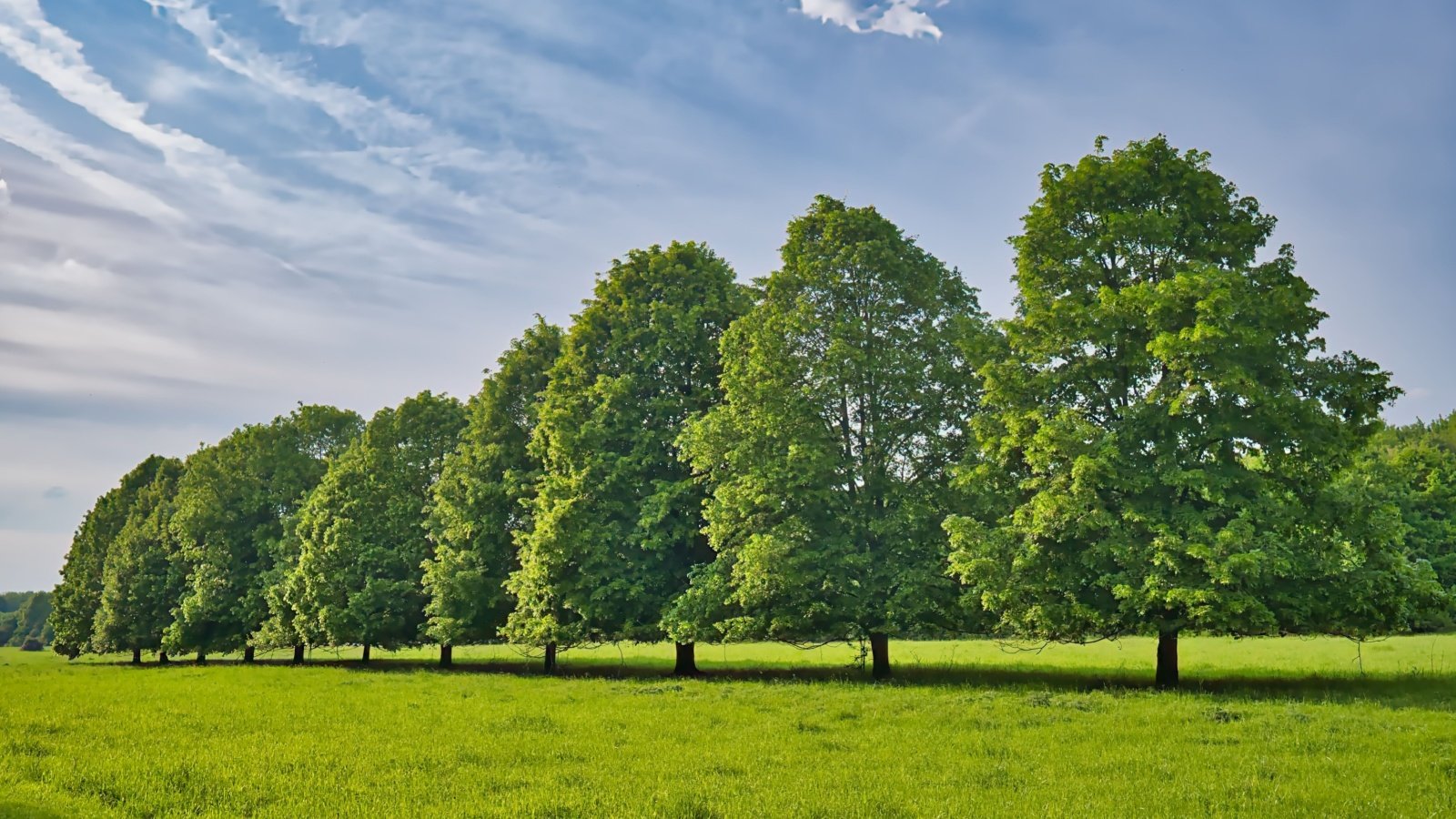
Norway Maple is another invasive species that can overshadow native plants with its dense canopy and aggressive root system. This tree’s ability to adapt and spread quickly makes it a threat to local biodiversity. Homeowners should be aware of its ecological impact.
Aspen

Aspens may create a serene landscape, but their ability to form large clonal colonies can become a management nightmare. They spread predominantly through their root system, quickly overtaking gardens and lawns. Those considering Aspens should be prepared for significant upkeep and potential invasiveness.
Bradford Pear
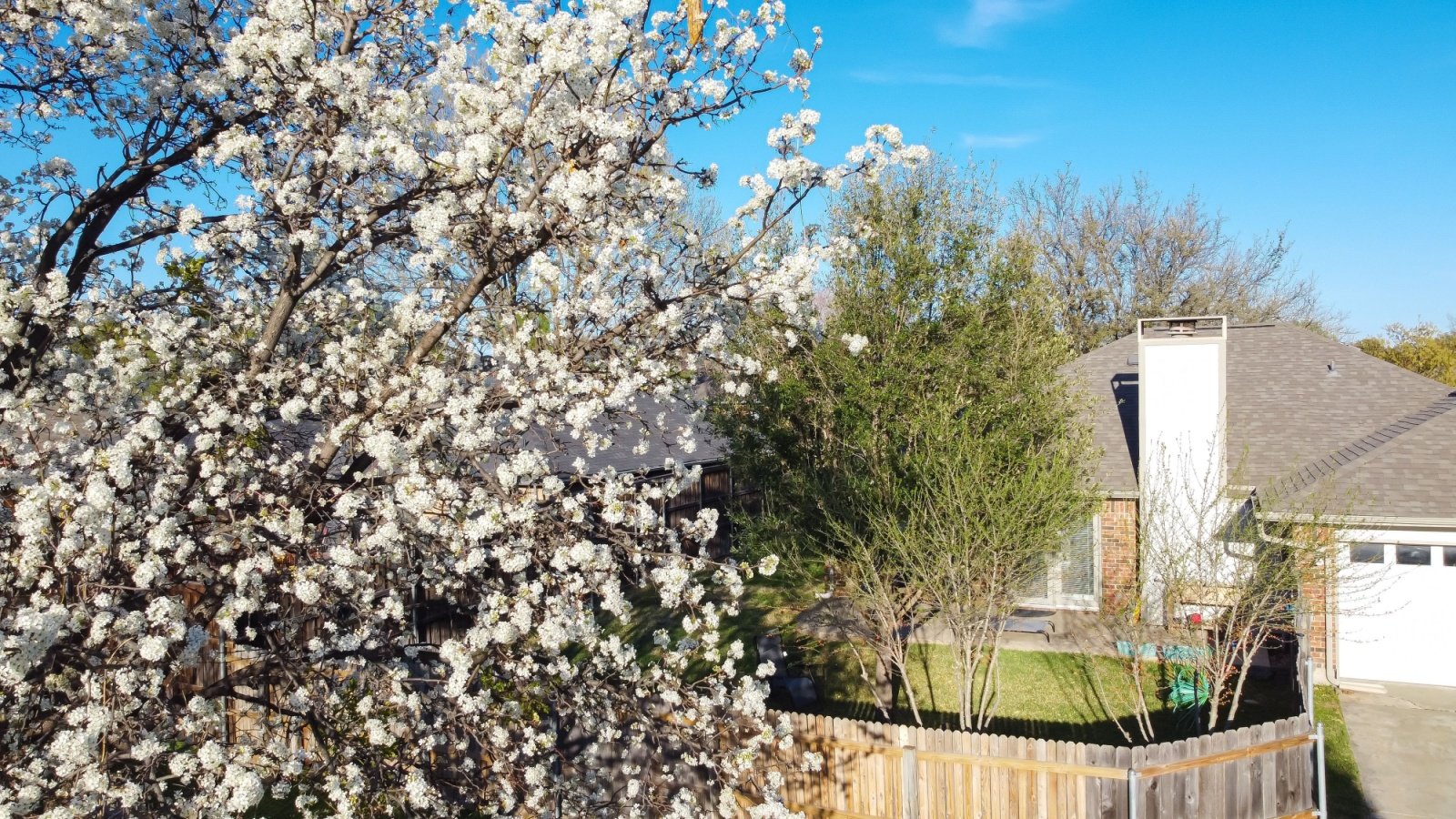
The Bradford Pear has fallen out of favor due to its weak wood structure. Its limbs are prone to snapping, posing significant risks to both safety and property during storms. Despite its beautiful blooms, the practical drawbacks make it a poor choice for many gardeners.
Ginkgo

Female Ginkgo trees produce fruits that emit a foul smell, often compared to rancid butter. This odor can be overwhelming in the fall when the fruits drop. Those considering Ginkgo should opt for male cultivars to avoid the smelly pitfalls.
Eucalyptus
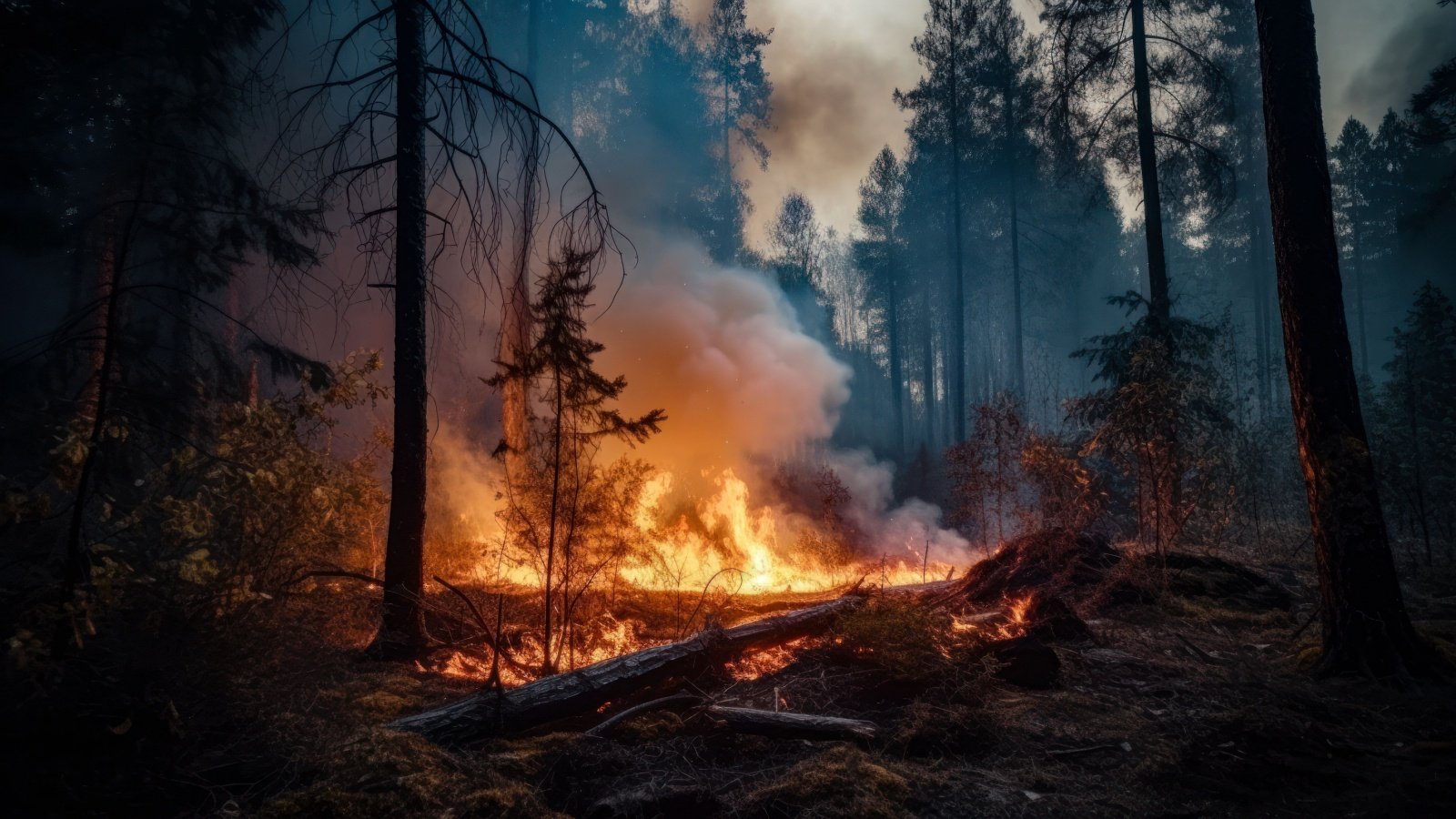
Eucalyptus trees are not only fast-growing but also highly flammable, posing a significant fire risk, especially in areas prone to wildfires. Their oil-rich leaves and bark can exacerbate fire conditions, making them a poor choice for residential areas.
Red Oak

While the Red Oak is a beautiful and sturdy tree, its slow growth rate can be a drawback for homeowners looking for quick results. It takes years for the Red Oak to establish itself and even longer to provide significant shade or aesthetic value. Patience is a virtue for those planting this noble tree.
Horse Chestnut
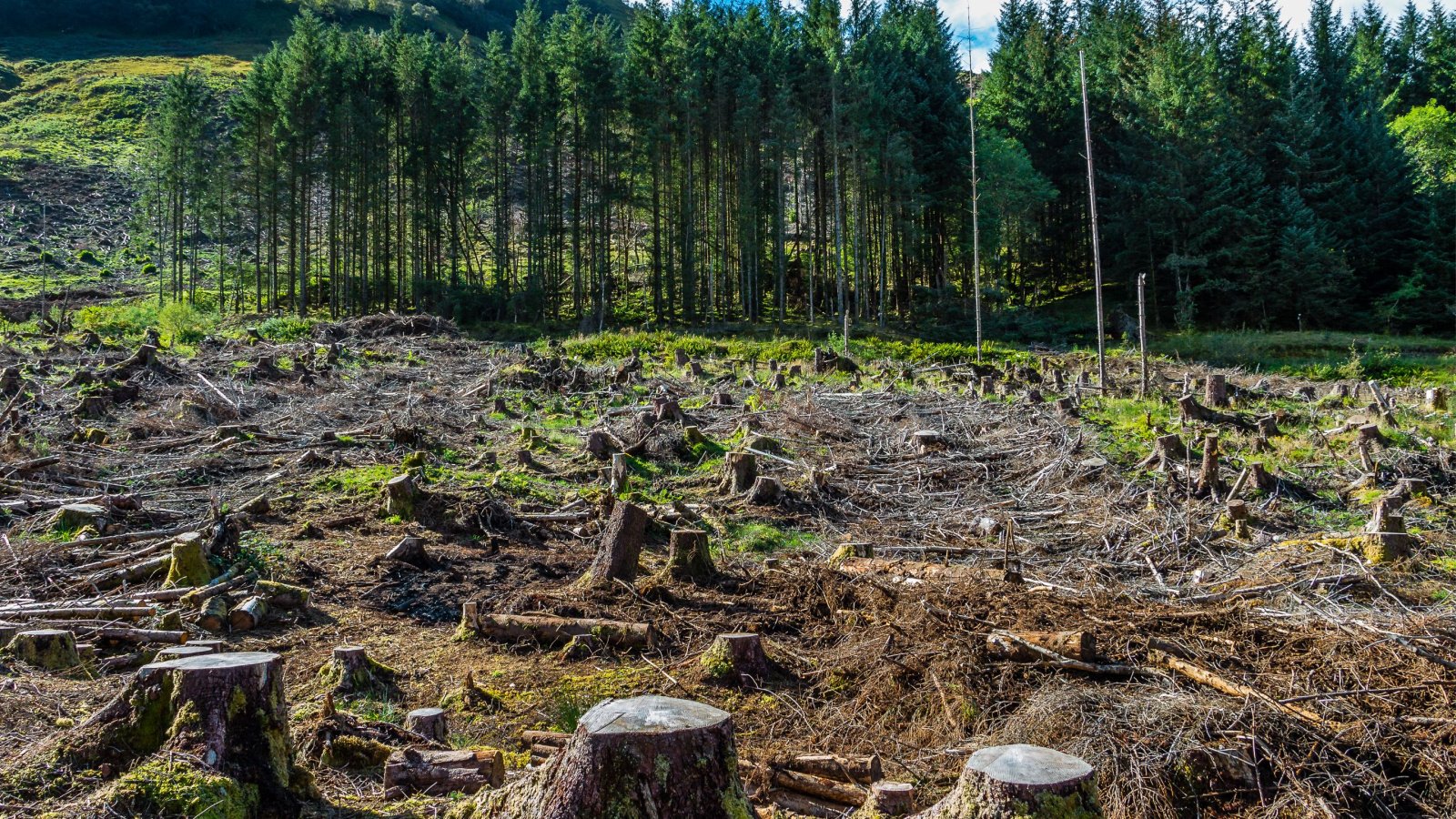
The majestic Horse Chestnut is vulnerable to a host of diseases, including the lethal bleeding canker. This disease not only diminishes the tree’s health and beauty but can ultimately lead to its demise, requiring premature removal. Planting this species comes with the risk of investing in a tree that may not survive long-term.
Silver Maple
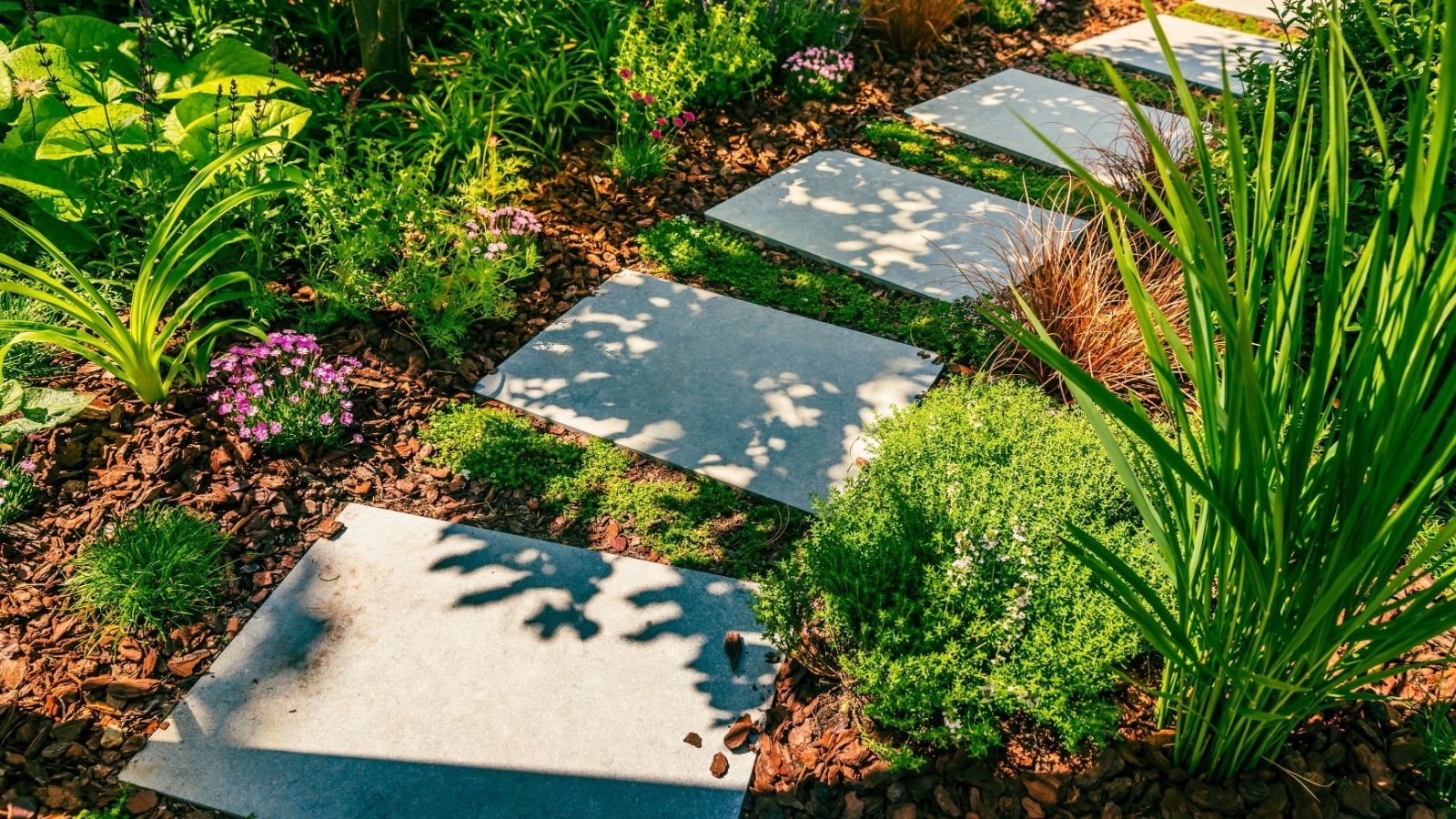
Known for its rapid growth, the Silver Maple tree’s shallow roots are notorious for lifting sidewalks and driveways, presenting a hazard and potential repair costs. Additionally, the Silver Maple is prone to breakage, posing risks to both safety and property during storms.
Sycamore
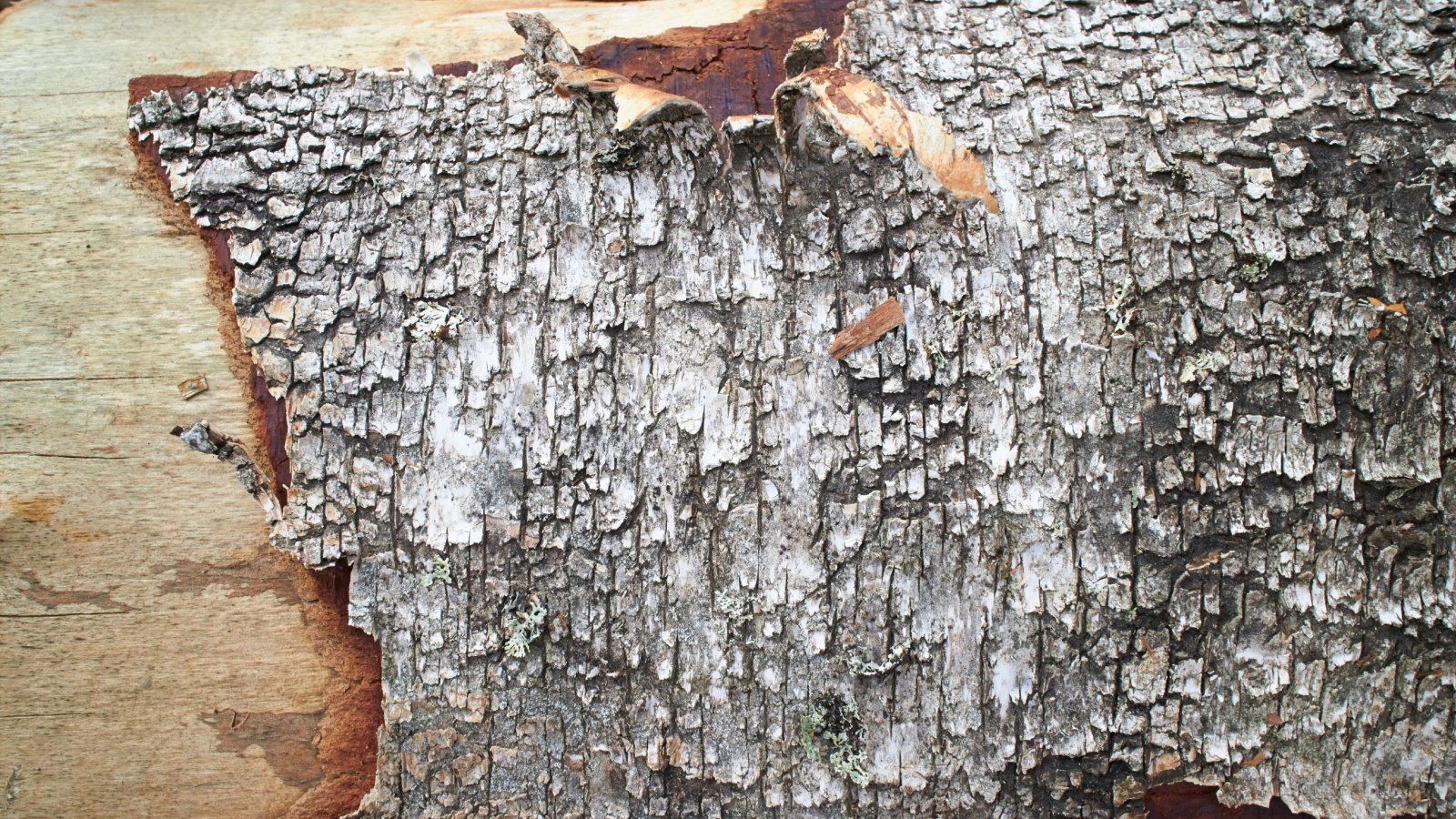
Sycamores are known for their beautiful, peeling bark, but this characteristic also makes them prone to various fungal diseases. These ailments not only mar the tree’s appearance but can weaken it, leading to limb loss during storms.
Mulberry
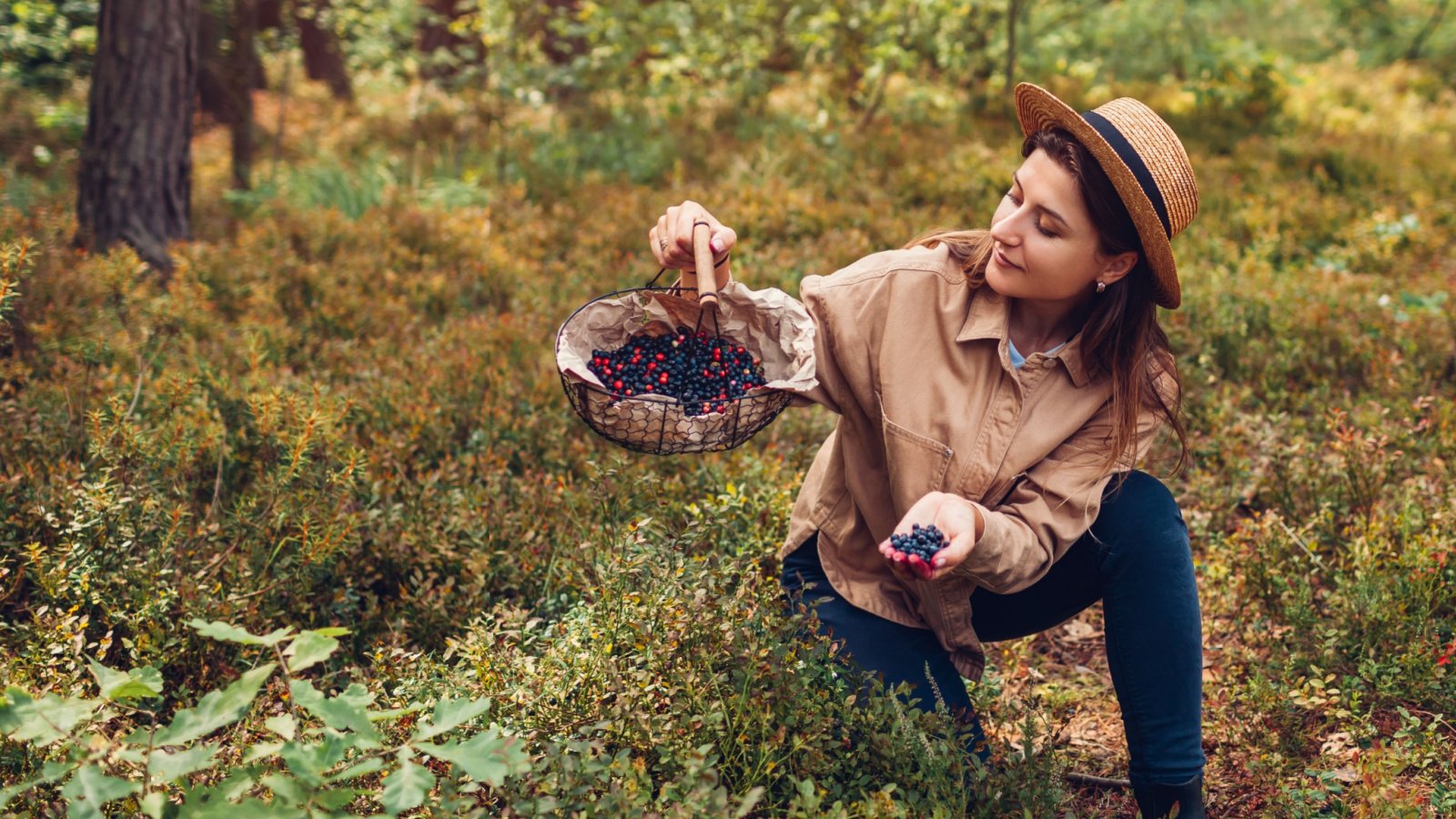
Mulberries are notorious for the mess their fruits create, staining sidewalks, cars, and clothing with their deep purple juice. This fruit also attracts a variety of wildlife, which can lead to further garden woes.
Poplar
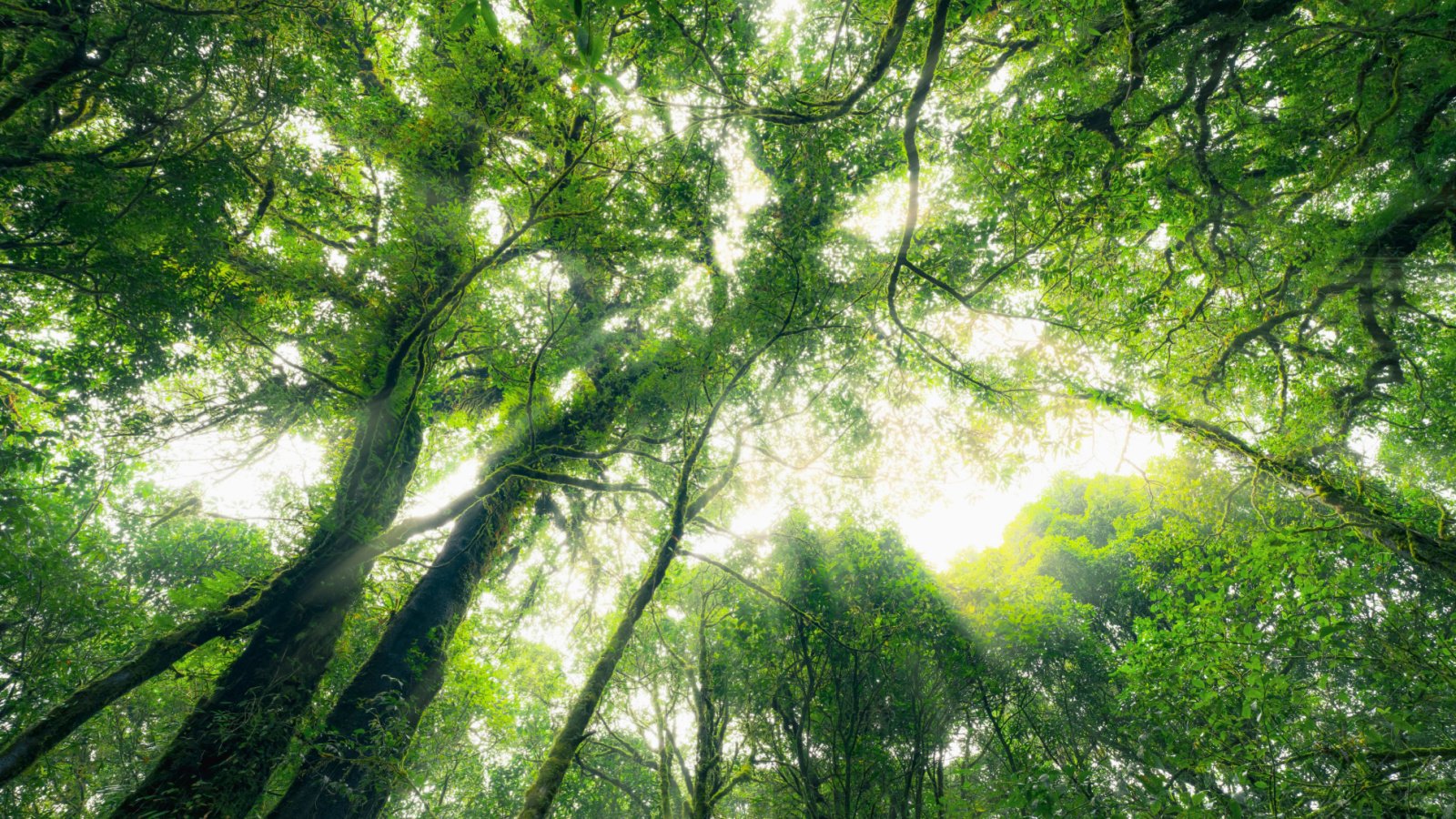
Poplars are fast-growing trees that are often used for quick shade, but their invasive root systems can disrupt underground utilities and foundations. These roots cause structural damage and can lead to disputes with neighbors. Careful consideration and placement are essential.
Black Walnut

Black Walnut trees produce a chemical known as juglone, which is toxic to many other plant species. This allelopathic substance inhibits the growth of nearby flora, severely limiting gardening options. Before planting a Black Walnut, consider how it will affect your existing plants.
Cottonwood

Cottonwoods are large trees that produce a substantial amount of debris, including sticky sap and fluffy seeds that can clog gutters and air filters. Their rapid growth and large size also mean that they frequently require pruning to maintain a safe environment. This high-maintenance tree can become a nuisance rather than a natural beauty.
Sweetgum

The Sweetgum tree is infamous for its spiky gumballs, which can litter lawns and pose a tripping hazard. These seed pods require regular cleanup, making the Sweetgum a high-maintenance choice for residential gardens. Additionally, its roots can be as invasive as its above-ground mess, causing further headaches for homeowners.
Pine Trees
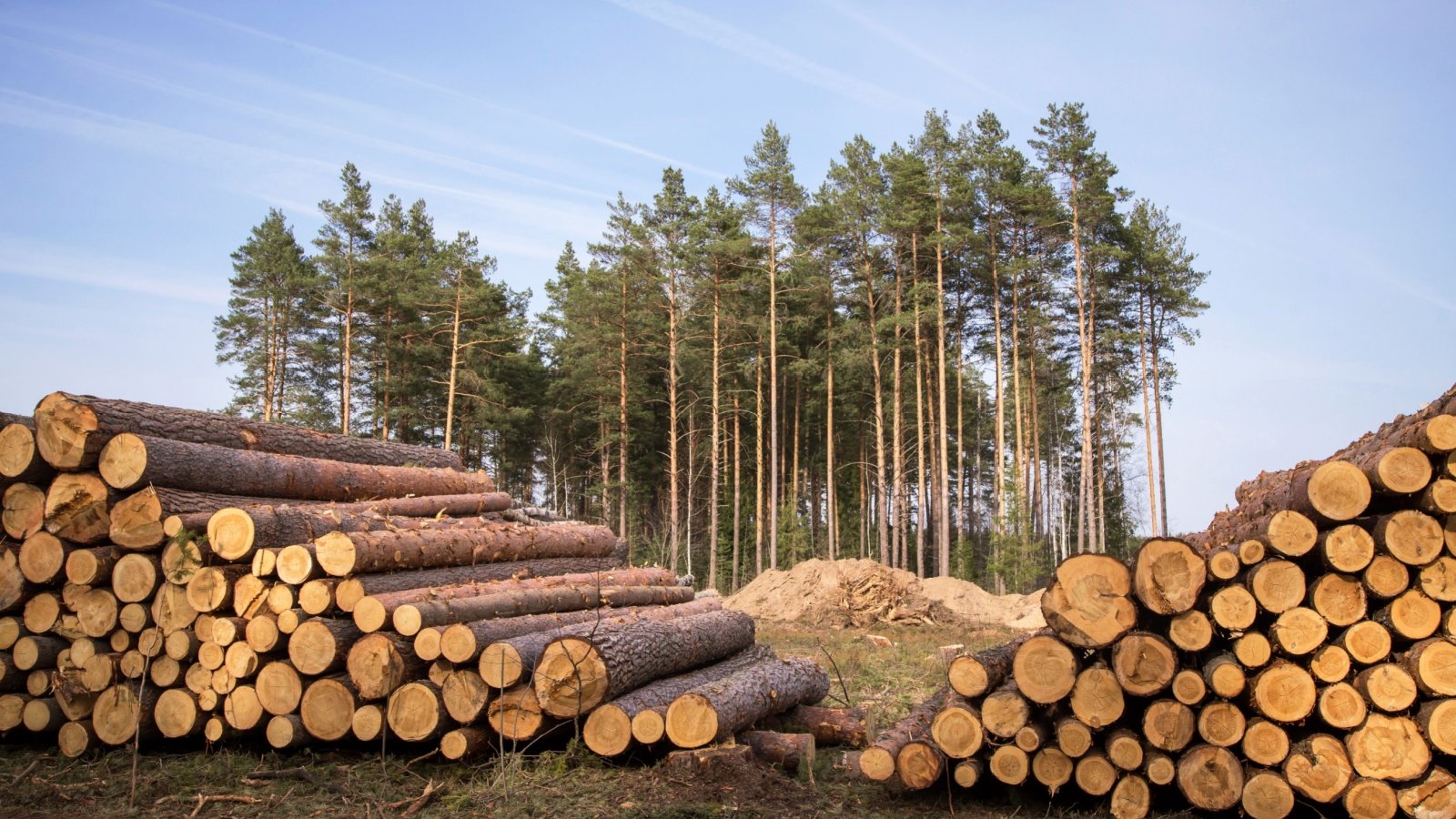
Pine trees can acidify the soil, which can inhibit the growth of surrounding grass and plants. Their needle drop creates a continuous cleanup job, and the acidic conditions can limit gardening options. Prospective planters should consider the overall impact on their landscape’s health.



